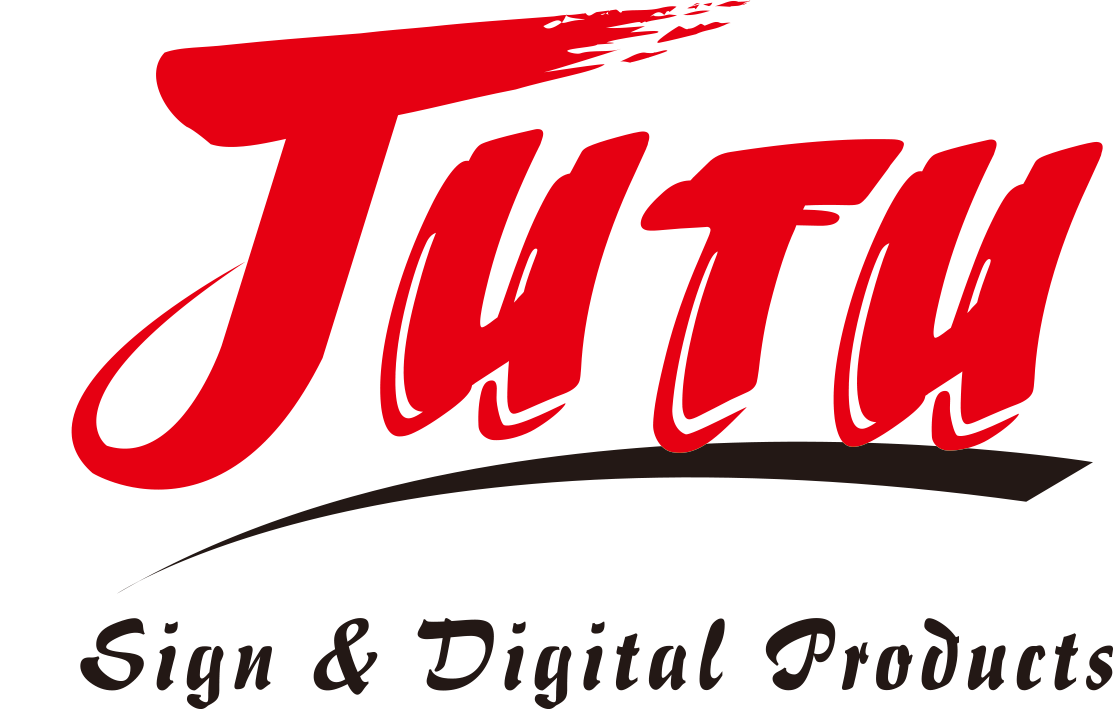Understanding Acrylic Sheet Dimensions for Optimal Display Performance
When creating eye-catching display signs, selecting the right acrylic sheet thickness is crucial for both aesthetic appeal and structural integrity. Professional sign makers and designers must carefully consider various factors to ensure their displays not only look impressive but also remain durable and cost-effective. The thickness of acrylic sheets can significantly impact the final product's appearance, longevity, and installation requirements.
From retail storefronts to corporate lobbies, the proper acrylic sheet thickness plays a vital role in creating successful signage solutions. This comprehensive guide will explore the various aspects of choosing the ideal acrylic sheet thickness for your display signs, helping you make informed decisions for your next project.
Essential Factors in Selecting Acrylic Sheet Thickness
Size and Application Requirements
The overall dimensions of your display sign directly influence the required acrylic sheet thickness. Larger signs typically need thicker sheets to maintain structural stability and prevent warping. For instance, a small countertop display might work well with 2mm thickness, while a large wall-mounted sign could require 6mm or more to ensure proper support.
Indoor versus outdoor applications also play a crucial role in thickness selection. Outdoor signs face additional environmental stresses like wind load and temperature fluctuations, often necessitating thicker acrylic sheets to withstand these challenges. Consider the mounting method and location carefully when determining the appropriate thickness for your project.
Weight and Installation Considerations
Acrylic sheet thickness directly affects the overall weight of your display sign, which impacts installation methods and mounting requirements. Heavier signs need more robust mounting systems and may require professional installation. A 3mm thick acrylic sheet weighs approximately 3.6 kg/m², while a 6mm sheet weighs about 7.2 kg/m².
For suspended signs or ceiling-mounted displays, weight becomes particularly critical. Always factor in the mounting hardware's load capacity and the installation surface's strength when selecting your acrylic sheet thickness.

Common Thickness Options and Their Applications
Light-Duty Display Solutions
For smaller display signs and point-of-purchase materials, thinner acrylic sheets ranging from 2mm to 3mm often provide adequate performance. These thicknesses work well for menu holders, small tabletop displays, and information stands. They offer good clarity and durability while keeping costs manageable.
Picture frames and protective coverings for artwork typically use 2mm to 3mm thick acrylic sheets, providing sufficient protection without adding excessive weight or bulk to the display.
Medium-Duty Applications
Display signs measuring between 2 and 4 feet typically require medium-thickness acrylic sheets, usually 4mm to 6mm. This range offers excellent stability for wall-mounted signs, directory boards, and museum displays. The increased thickness provides better impact resistance and reduces flexing, ensuring professional appearance and longevity.
Retail window displays and interior signage often utilize these medium thicknesses, as they offer an optimal balance between durability and cost-effectiveness. These dimensions also work well for illuminated signs, providing enough depth for LED integration while maintaining even light distribution.
Specialized Considerations for Custom Displays
Environmental Impact Factors
When designing outdoor display signs, environmental conditions significantly influence the required acrylic sheet thickness. Areas with high wind loads or extreme temperature variations may need thicker sheets, typically 8mm or greater, to ensure long-term stability and safety. UV resistance and thermal expansion characteristics also become more critical for exterior applications.
Climate-controlled indoor environments allow for more flexibility in thickness selection, though factors like foot traffic and potential impact risks should still guide your choice. Consider the specific location and potential hazards when determining the appropriate thickness for your display.
Design and Aesthetic Requirements
The visual impact of your display sign can be enhanced or diminished by the chosen acrylic sheet thickness. Thicker sheets can create impressive edge effects, particularly in illuminated displays, while thinner options might be preferred for more subtle, elegant presentations. The thickness also affects light transmission and reflection properties.
For three-dimensional or sculptural displays, varying thicknesses might be combined to achieve specific design effects. Consider how light interacts with different thicknesses and how this can be utilized to enhance your display's visual appeal.
Frequently Asked Questions
What is the minimum thickness recommended for outdoor display signs?
For outdoor display signs, a minimum thickness of 6mm is typically recommended, though larger signs or those in high-wind areas may require 8mm or thicker. This ensures adequate structural stability and weather resistance while maintaining visual clarity.
How does acrylic sheet thickness affect light transmission?
While acrylic sheets maintain excellent clarity across various thicknesses, thicker sheets may slightly reduce light transmission. For illuminated displays, this effect should be considered when selecting thickness, though the difference is minimal for sheets under 12mm.
Can different thicknesses be combined in a single display?
Yes, multiple acrylic sheet thicknesses can be effectively combined in a single display to create visual interest or meet specific structural requirements. This technique is particularly useful for creating depth and dimension in custom signage applications.

